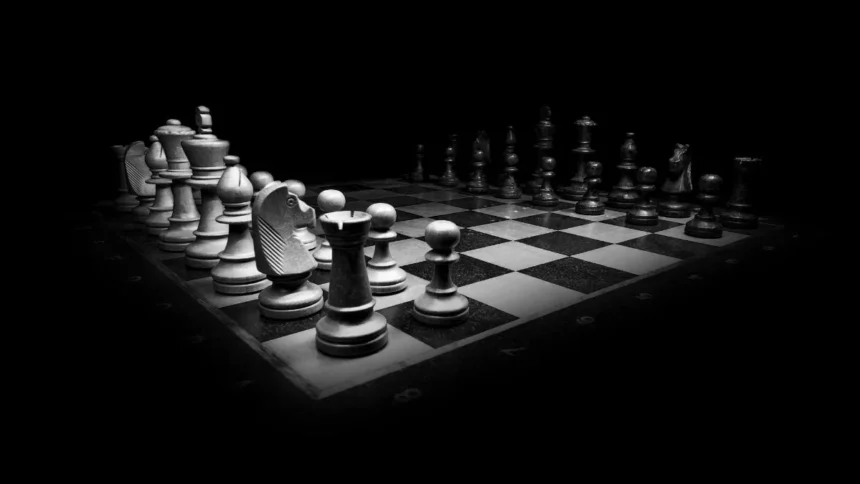Becoming a Grandmaster in chess is in fashion ever since Divya Deshmukh, the Indian teenage sensation, earned her GM title by winning the FIDE Women’s World Cup 2025. But how does one become a Grandmaster? Is there a set of rules to follow? Or a certain Elo rating? Well, we’ve got all the answers. So hang on while we explain to you how to become a Grandmaster in chess, and who knows, you might also become a GM one day!
How To Become A Grandmaster In Chess
1. Learn Chess Basics (And Obsess Over It!)
Every GM started young, but don’t let that stop you! Build a solid foundation. Know how all the pieces move, learn basic tactics (pins, forks, skewers), and classic checkmates. If you can’t win with just a queen and king, go back to basics. Because this is just the beginning.
2. Compete Like Crazy
Practice doesn’t just make perfect; it gives you confidence. Join tournaments, all kinds; local, national, and (eventually) international. Each game teaches you something school never could: handling pressure. Make sure to play in FIDE-rated events, because they are the only ones that count towards GM. Go for stronger opponents. Don’t fear losing. The more you lose, the faster you learn and become a Grandmaster in chess.
3. Aim For 2500+ FIDE Rating
This is the “magic number.” To become a Grandmaster, you must reach a FIDE rating of at least 2500 at any point, and no shortcuts here. You earn points by winning FIDE-rated games, and your rating goes up or down based on the strength of your opponents.
4. Earn Three GM Norms
A GM “norm” is like a badge for outstanding performance in top-level, multi-national tournaments. What does this norm do and how do they make you a Grandmaster in chess? Let’s see.
- Each norm requires a performance rating of 2600+ over at least 9 games.
- At least 33% of your opponents must be Grandmasters, and half must be FIDE title-holders (IM, GM, FM, etc.).
- You must face players from at least three different chess federations.
- You need three such performances (norms), totaling at least 27 games.
- At least one norm must be scored in a Swiss tournament with 40+ participants (average rating 2000+).
5. Crack the Rules: No Shortcuts, Just Smartcuts
All GM norms and your 2500 rating must be registered officially with FIDE. There are some hacks that earn you a Grandmaster title automatically, such as making the final 16 of the World Cup or winning the World Junior Championship. This is exactly how Divya Deshmukh became a Grandmaster even when her rating wasn’t 2500.
6. The Secret: Hacks & Pro Tips
Get a Coach: You will need more than YouTube, so go find a strong IM or GM coach for personalized feedback.
Study Classic Games: Replay famous matches by GMs, and learn how legends think.
Use Technology: Chess engines (Stockfish, Lc0) are your pit crew. Analyze your games ruthlessly.
Physical Fitness: Yes, seriously! Long games need stamina. Good sleep, food, and exercise = a fresh mind.
Play, Analyze, Repeat: After every tournament, review your games, especially losses. Believe it or not, this is the most important step in becoming a Grandmaster in chess.
7. The Grind: Stay Obsessed, Stay Hungry
Top GMs aren’t just talented, they’re relentless. The journey is long: years, not months. There will be setbacks and time scrambles. But don’t lose hope and keep building, keep improving, and don’t forget to have fun every now and then, chess is a game after all!
So, as you can see, the path to Grandmaster in chess is not for the faint-hearted; you will need hours of study, hits and misses, and tournament travel. But with passion, smart work, and this step-by-step playbook, you’ll be putting “GM” next to your name in the chess world before you know it!
Also read: Checkmate at 12: Top 5 Youngest Grandmasters In Chess History
